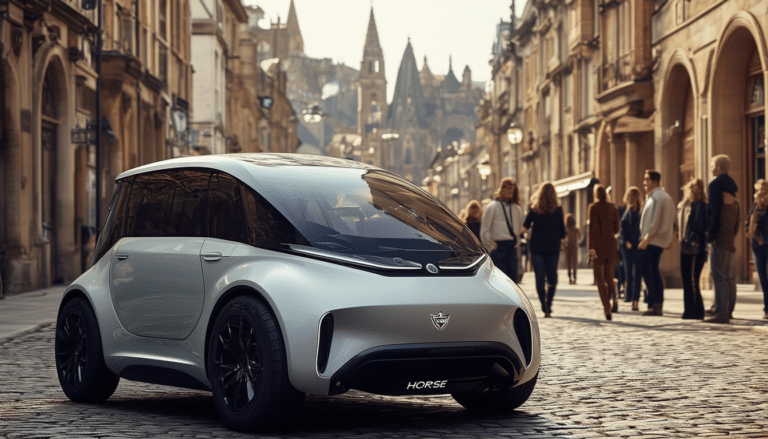La conducción autónoma: el trágico accidente de un Xiaomi SU7 en China inquieta a la industria automotriz global
Autonomous driving has become a hot topic within the global automotive industry, especially following the tragic accident that occurred on March 29 in Anhui province, China. A Xiaomi SU7, which featured driver assistance technologies, was involved in an incident that resulted in the death of three people. This incident raises serious questions about the safety of autopilot technologies, just as the company had begun to stand out in a highly competitive sector. Despite the praise received for its innovation, the shadow of this accident could unsettle a market that has already witnessed the challenges faced by other automotive giants in implementing autonomous solutions.
The recent traffic accident involving a Xiaomi SU7 has sparked a wave of concern and debate within the automotive industry worldwide. This unfortunate incident, which took place on March 29 in Anhui province, has led to questions about the safety of autonomous driving systems, especially in a context where technology seems to be advancing at breakneck speed. As the market enters such a competitive field, the tragedy has brought to light the vulnerability of these technological advancements.
A tragic accident and its implications
The fateful event left three people dead, and according to a preliminary report, the Xiaomi SU7 had its advanced driving aids activated and was in autopilot mode during the twenty minutes leading up to the accident. This rhetoric suggests that, although the technology may have been acclaimed by experts, there are risks to consider that cannot be ignored. The unrest generated by this incident affects not only Xiaomi but could also have repercussions across the industry, especially for those manufacturers vying to dominate autonomous driving.
The impact of technology on public perception
The early success of the Xiaomi SU7 had sparked great enthusiasm around automotive technology, so the news of the accident has left many in shock. Consumer confidence in autonomous vehicles could be negatively affected, a crucial aspect considering that companies like Apple and General Motors have already abandoned developing their own models. The situation raises the question of whether current technologies are safe enough or if they require even more research and development before full implementation.
Responsibility and regulation of autonomous driving
This incident also touches on the delicate issue of responsibility in the event of automotive incidents involving autonomous vehicles. As vehicles become more autonomous, it becomes crucial to establish who is responsible in such accidents: the manufacturer, the vehicle owner, or the software that directs the driving. This ethical and legal dilemma is alarming and requires legislative attention, as authorities must update traffic regulations to adapt to these new technologies.
A technological race with inherent risks
The automotive industry continues to face significant challenges as it moves toward the future of motoring. Technological advancements promise to revolutionize the way we travel, but each introduction of technology carries a crucial responsibility. The reactions to the accident involving the Xiaomi SU7 underscore the need to learn from these tragic events and carefully consider the risks associated with the adoption of autonomous driving.
Final reflections on the future
The accident involving the Xiaomi SU7 marks a turning point in the realm of motoring and raises multiple questions about the future of autonomous driving. As the world watches, the industry is compelled to rethink its priorities and prioritize safety on the path toward more technological transit. The challenges are great, but so are the opportunities that come with the ongoing evolution of technology.
The recent accident of a Xiaomi SU7 vehicle, which resulted in the death of three people in Anhui province, has shaken the foundations of the automotive industry worldwide. This incident, which occurred while the vehicle was in autopilot mode, raises serious questions about the reliability of autonomous driving technologies, especially when these are widely promoted as advanced and safe.
Despite the initial success and excitement over Xiaomi’s entry into the competitive automotive market, the tragedy highlights the risks associated with the integration of artificial intelligence in vehicle operation. With other giants like Apple and General Motors having set aside their own projects in this area, the future of autonomous driving could be impacted by a more rigorous evaluation of the technology.
The event not only tests Xiaomi but also the entire industry, which must confront the complex reality of balancing innovation with responsibility and road safety.



